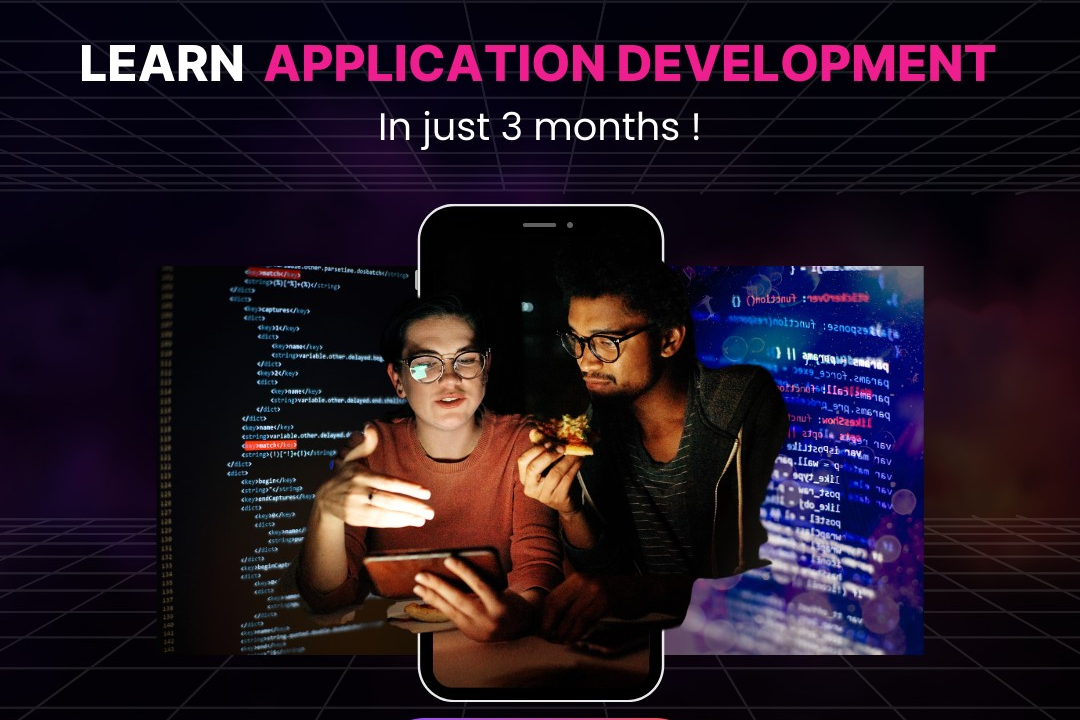Flutter User Interface Trends and Patterns
Emerging Trends and Patterns in Flutter User Interface Design
Flutter User Interface Trends and Patterns
Flutter user interface trends and patterns emphasize a modern, adaptive design that prioritizes both aesthetics and functionality. Key trends include the use of Material Design and Cupertino widgets, which provide a consistent and native look across platforms. The adoption of dark mode and dynamic theming enhances user experience by allowing personalization, while animations and transitions bring UI elements to life, creating an engaging experience. Furthermore, the use of responsive layouts and flexible grids helps ensure that applications run smoothly on various screen sizes and orientations. With a focus on minimalism and clarity, Flutter interfaces often feature generous use of whitespace and intuitive navigation patterns, enhancing usability and accessibility. Overall, the Flutter framework fosters a design language that is both visually appealing and user-friendly, aligning with contemporary trends in mobile app development.
To Download Our Brochure: https://www.justacademy.co/download-brochure-for-free
Message us for more information: +91 9987184296
1 - Material Design: Flutter heavily incorporates Material Design principles, providing a consistent UI language across platforms. Train students on how to implement Material widgets to create beautiful, intuitive interfaces.
2) Responsive Design: Emphasize the importance of building UIs that adapt to different screen sizes and orientations, utilizing media queries and layout builders to modify layouts dynamically.
3) Custom Widgets: Encourage students to create reusable custom widgets. This promotes a modular architecture and enhances code reusability, making applications cleaner and easier to maintain.
4) State Management: Introduce various state management solutions like Provider, Riverpod, Bloc, and Redux. Understanding how to manage state effectively is crucial for building scalable apps.
5) Dark Mode: Teach students how to implement dark mode support in their applications. This involves using themes and dynamic color adjustments based on user preferences.
6) Animations and Transitions: Highlight the importance of animations in enhancing user experience. Teach students how to use built in animation libraries and create custom animations to make applications more engaging.
7) Flutter's Skia Engine: Discuss how Flutter’s rendering engine allows for high fidelity graphics and smooth animations. Students should understand how this engine contributes to the performance of Flutter apps.
8) Adaptive UI: Introduce the concept of adaptive UI, where apps can adjust layouts and behaviors based on the platform (iOS vs Android). This is essential for creating the best user experience on each platform.
9) Use of Themes and Styles: Teach students how to use themes to maintain consistent styling throughout the app. This includes defining colors, text styles, and other UI elements in a centralized way.
10) Navigation Patterns: Familiarize students with routing and navigation strategies in Flutter, including named routes and navigation stacks to create a seamless user experience.
11) Gesture Detection: Demonstrate how to implement gesture detection (like tap, swipe, pinch) using GestureDetector and other interactive widgets to enhance user interactivity.
12) Responsive Typography: Discuss the importance of responsive typography and how to implement it to ensure readability across different devices.
13) Data Visualization: Introduce popular packages for data visualization in Flutter, such as charts and graphs, and how to use them to present data effectively.
14) Using Packages and Plugins: Teach students how to utilize existing packages from pub.dev to speed up development, encouraging exploration of community contributions.
15) Internationalization (i18n) and Localization (l10n): Discuss the importance of designing apps for a global audience by implementing support for multiple languages and locales in Flutter applications.
16) Flutter Web and Desktop: Educate students about extending Flutter applications beyond mobile, focusing on web and desktop support to build versatile applications.
17) Performance Optimization: Teach students best practices for optimizing Flutter applications for performance, including widget rebuilds, image handling, and reducing app size.
18) Accessibility: Discuss the importance of designing accessible applications that cater to users with disabilities by implementing accessibility features and understanding Flutter’s support for it.
By covering these topics, students will gain a comprehensive understanding of current trends and best practices in Flutter UI design, preparing them for practical application development in today's technology landscape.
Browse our course links : https://www.justacademy.co/all-courses
To Join our FREE DEMO Session: Click Here
Contact Us for more info:
Java Vs. Kotlin
MICRO FRONTEND ANGULAR
Cheapest online iOS training institutes in Calicut
Java Soap Services
Android Training Vellore











